%20(1).png)
DC Ling Young Ern, currently the Deputy Commissioner for Future Technology & Public Safety, has served Singapore Civil Defence Force for 22 years. DC Ling has been a strong advocate for an innovative culture in SCDF. He has led SCDF in leveraging smart technologies to reshape the way frontliners are trained and driving the adoption of emerging technology in everyday operations. He is instrumental in the exploration of robotics and AI-related technologies and the inception of SCDF’s metaverse. His influential efforts will propel various workstreams to achieve the desired future capabilities in support of the SCDF’s Transformation Vision of 2025, “A Nation of LifeSavers”.
DC Ling Young Ern joined the Singapore Civil Defence Force in 2001 and has served as Director Operations, Division Commander of 4th SCDF Division and 3rd SCDF Division, Head Operations Branch of 1st SCDF Division and Officer Commanding of Jurong Island Fire Station. He has vast operational experience, having been involved in the management and mitigation of many major fire, HazMat, and rescue incidents, notably the 32-hour fire at a large oil refinery on Pulau Bukom in 2011.
DC Ling Young Ern was seconded to the Ministry of Home Affairs (MHA) in 2008, to coordinate the national preparedness efforts in contingency planning and capability development for peacetime crises and terrorism incidents. In 2018, he was seconded to MHA as Senior Director, International Cooperation and Partnerships Division, taking charge of international government-to-government relations and driving capability development through partnerships with the industry and international organisations.
In a recent interview with DC Ling Young Ern, we gained valuable insights into how robots are helping businesses in Singapore enhance their operational capabilities. Nowadays, companies are constantly striving to improve their operations and increase efficiency. One of the increasingly popular ways businesses in Singapore are achieving this is through the use of robots. Robots have proven to be an effective tool for streamlining processes and reducing costs, allowing businesses to focus on other areas that need attention.
According to Ling, robots are capable of performing tasks that were previously assigned to humans, such as sorting and packing products or assembling components. This not only saves time but also minimizes the potential for errors during these repetitive tasks. This special Singapore edition of Industrial Guide Asia April Edition is a testament to this fact.
1. What benefit does the use of robotics provide (i.e., higher productivity, better quality, less human error)?
In recent times, especially since the pandemic, robotics has seen a surge in demand to assist humans with teleoperations. While robots were utilised to monitor people by taking temperatures, sanitising environments, and even making deliveries during the global crisis, there is also scope for autonomous robots to be deployed in other critical operations.
The use of technology to prevent disruptions to daily human tasks has created possibilities for changes in modus operandi and exploration of new approaches in various fields such as mining, manufacturing, medical, safety & security and more. Employing robotics in lifesaving and disaster response would greatly reduce risks to frontline responders and enhance the response capabilities, enabling further reach and longer periods of deployment.
2. How do you think robots will change people's perception of manual labour jobs?
Technological developments are transforming the work processes and operational capacity of organisations around the world. As technology develops, the extent of human-machine interaction increases in tandem with the complexity of the interactions. Mind-numbing repetitive labour has already been taken over by robots and people are required to now oversee and monitor automated robotics operations, rather than performing the routine tasks. This can be seen with the rapid adoption of robotics to free up manpower in many industries, also freeing up precious time for critical thinking and strategic planning.
Particularly for the Singapore Civil Defence Force(SCDF), the traditional role of firefighters has evolved with the emergence of robust and intuitive robots that are able to navigate obstacles in the incident site and direct large amounts of water and foam to mitigate fires. Fire fighters work hand-in-glove with robots to automate some functions that can be laborious and time-consuming. The inception of robots in SCDF is marked by the introduction of Unmanned Firefighting Machines (UFMs) in 2014, for the enhancement of firefighting operations. Subsequently, SCDF has been exploring various robotic platforms to augment operational resources and alleviate manpower commitments in operations.

Currently, SCDF has a fleet of robots serving various functions ranging from firefighting to Hazardous Material (HazMat) monitoring and rescue. SCDF has embarked on various platforms such as wheels, tracks and even quadruped (four-legged) robots such as the Rover X. The amalgamation of robotic platforms and responders will reap further enhancements in operations and training.

3. What are some of the challenges your organization faces in adopting and implementing robotic technologies?
With the rapid development and evolution of robotics systems, the existing fleet of robotic platforms needs to be upgraded iteratively to better enhance frontline operations with newer and more advanced Operational and Technological (Ops-Tech) capabilities. The technological advancement of the various robots needs to be harmonised while being developed for different use cases with various requirements and capabilities. SCDF partners with the Home Team Science and Technology Agency (HTX) to leverage the technological expertise of industrial and other government agencies to enhance and diversify our robotics ensemble.
4. What can be done to make sure that people are not afraid of robots?
SCDF actively promotes a culture of innovation where staff are encouraged to explore emerging technologies to adopt them for work-related tasks and operations. Robots for use during emergency response to save lives, while the concept is young and evolving, are not new to SCDF and frontline responders. With the introduction of more advanced robots, the acculturation of emergency responders to these technologies is of high priority. Continual upskilling is necessary with the regular conduct of training to ensure operator proficiency and competency. With targeted training exercises and structured courses, SCDF’s frontline responders have gradually acclimatised to working with robots during operations.
5. Tell me about one of the most innovative ways you have seen robotics used in the workplace.
There are many interesting and innovative ways in which robotics can be used in the workplace. One of which is the use of swarm robotics, which provides an agile way to gather large amounts of data and coordinate the operations of multiple robots. Swarming capabilities will allow a multi-pronged response from various robots for a range of tasks e.g., situational awareness, firefighting and mitigation, casualty conveyance and back-end logistics transportation.
The boundaries of the remote control will also be pushed with the integration of low latency 5G network. Robots could be controlled Beyond Visual Line of Sight (BVLOS) and monitored centrally through a host of sensors and cameras embedded onboard the platforms in nearer-than-now real-time.
6. What are some of the challenges that we will face in the future with robots?
With the consolidation and storage of critical data, the cybersecurity of robotics platforms will be a major challenge for industries and government organisations. In Singapore, the laws governing data protection are seriously regarded and remain an utmost priority when procuring new systems. Data storage and harvesting will need to be fortified with reliable security systems to prevent incidents.
Infrastructure adaptation is also a growing concern to support robotics operations. With the introduction of service robots, companies have renovated their premises to enable seamless interaction and movement of robots with customers and stakeholders. For the case of SCDF, we are working closely with the relevant agencies to cater for areas where robotic platforms can be deployed safely and without causing hindrance to members of the public, especially during training and inspections in public places.
7. What are some of the benefits thatwe will experience in the future with robots?
There is a growing need for robotics in SCDF’s daily operations, given the hazardous and complex environments that the responders are exposed to. Robotics will provide an important avenue for enhanced safety and capability while improving the response to emergencies.
8. What are some recent breakthroughs in robotics that have had an impact on the field?
The various payloads on a robotic system are as equally important as the platform itself. Payloads ranging from cameras to sensors to advanced detectors play a vital role in capturing perceptive data and subsequently with the use of computing systems, translate them to analytical information. This information will then determine the next course of action for the robots and the operators. With the advancement and proliferation in sensor technology, we now have integrated sensor systems, more compact and lightweight, reducing loads on platforms.
Platforms are now able to carry other loads, e.g. casualties and equipment, with a significant reduction in sensory payload. We also see the introduction of smaller robots that provide an operational advantage in disaster sites, being more agile and able to navigate through debris and obstacles.
9. What are your thoughts on AI and how will it affect the future of our society?
Data is the backbone of a smart organisation, but artificial intelligence gives meaning to information. Without it, huge amounts of real-time data from island-wide sensors, video cameras and even social media cannot be digested quickly for timely sensemaking and situational awareness, a key requisite for an emergency response organisation like the SCDF. In our operations centre, artificial intelligence is used to transcribe incoming calls into text, allowing our operators to perform higher level tasks instead of keying information into the system. This is only the beginning.
Artificial intelligence will be instrumental in the breakthrough development of swarming capabilities for robotic platforms. Imagine this – a group of robots, after being deployed at the incident site, could work together autonomously to size up the fire, seek out the sources of fire and extinguish them. The robots would be capable of calculating the distance from the fire and direct the water stream at the fire with the optimal flow rate and pressure. This will be possible through machine learning algorithms pre-programmed in the system architecture of robots.
There are also upstream applications in fire safety. Intelligent robots can roam a building, stitch together a 3D model of the interior and identify fire safety hazards, such as obstruction to passageways and illegal extension of premises. The robots can also validate the as-built floor plans with the submitted plans, and flag potential cases of fire safety non-compliances.
Artificial intelligence will absolutely transform the way we work, if used in the right way.
10. How do you see robotics becoming more prevalent in the workforce?
With the industry’s move towards seamless integration of robotics and automation in work processes, robotics will be an important force multiplier for even more industries which rely heavily on human labour. As robots get smarter, humans will also evolve to a higher level. In the fields of emergency response and disaster management, robots will assist responders to save lives. The prevalence of robotics is clear; SCDF is equipping all our fire engines with firefighting robots as first-tier response, with a second tier of heavier robots at strategic locations island-wide. Our journey in using robotics to sharpen our operations is one with endless possibilities.
Here is Latest Red Rhino Robot revealed in SCDF Workplan 2022:






.png)

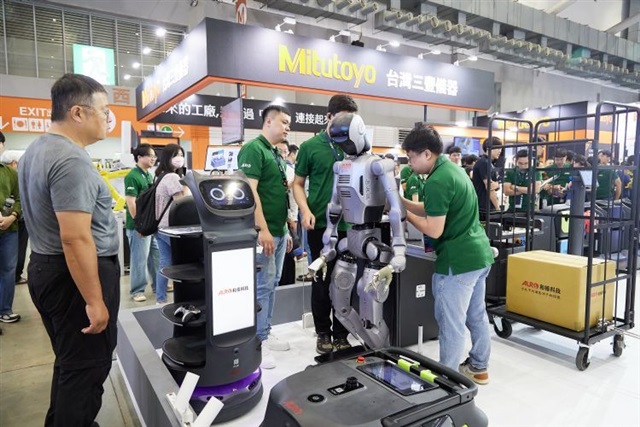

.jpg)
.png)


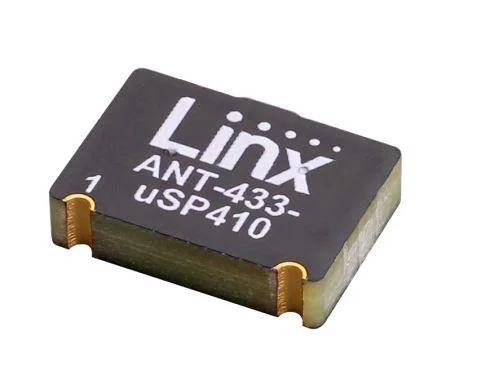
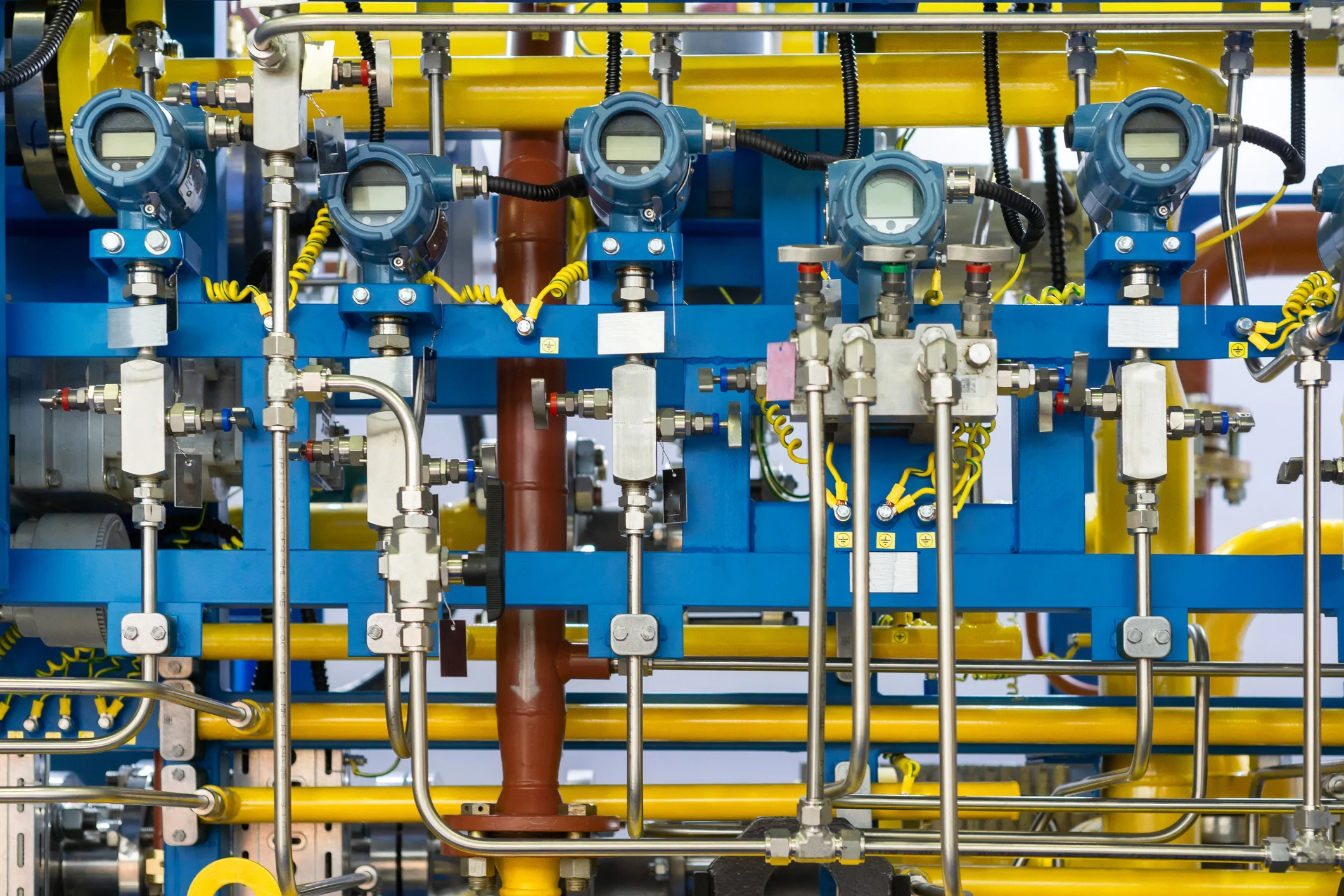

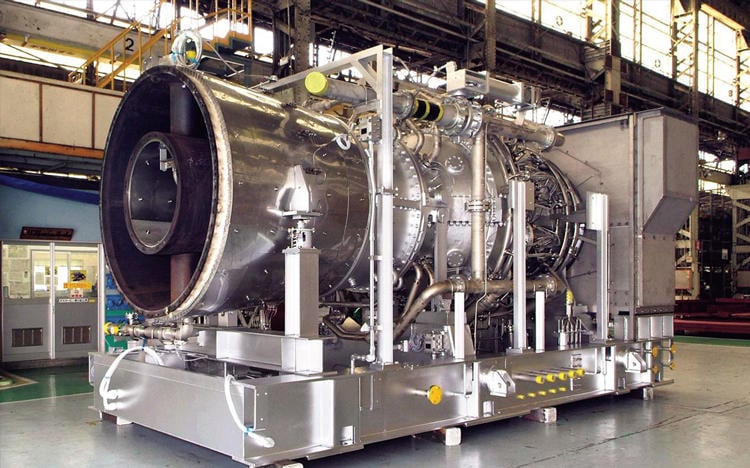
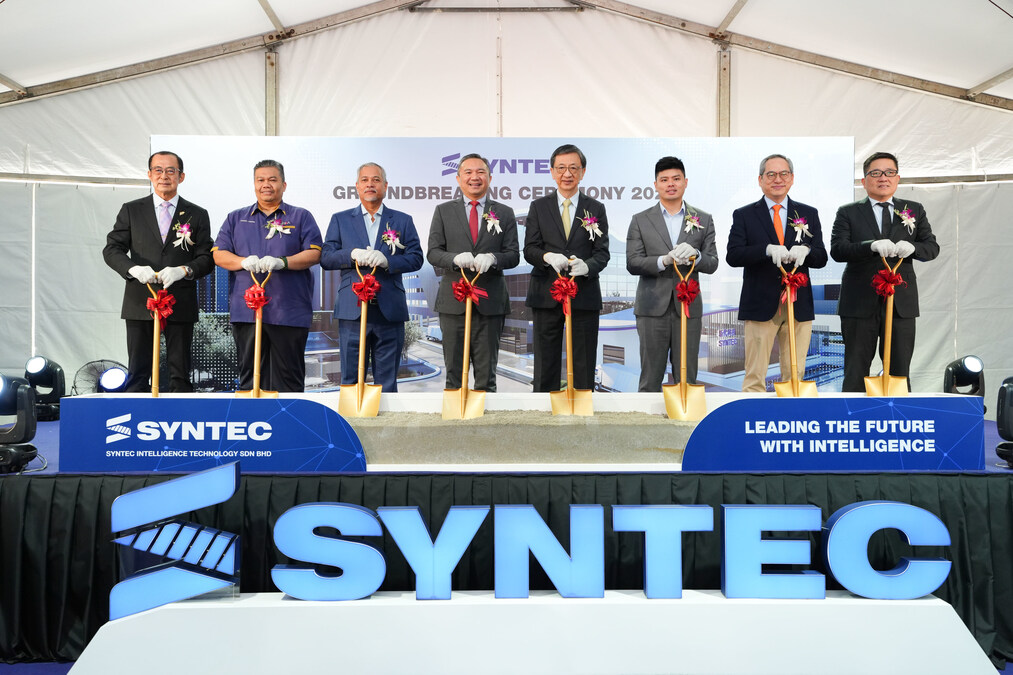

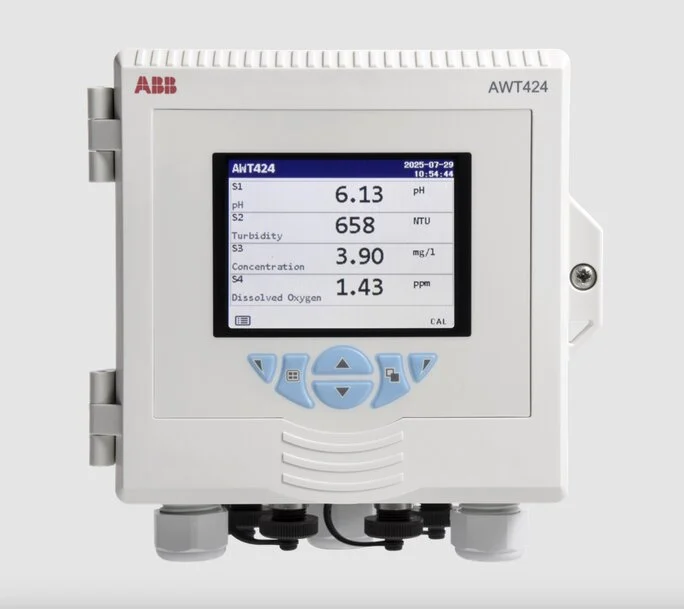

.jpg)
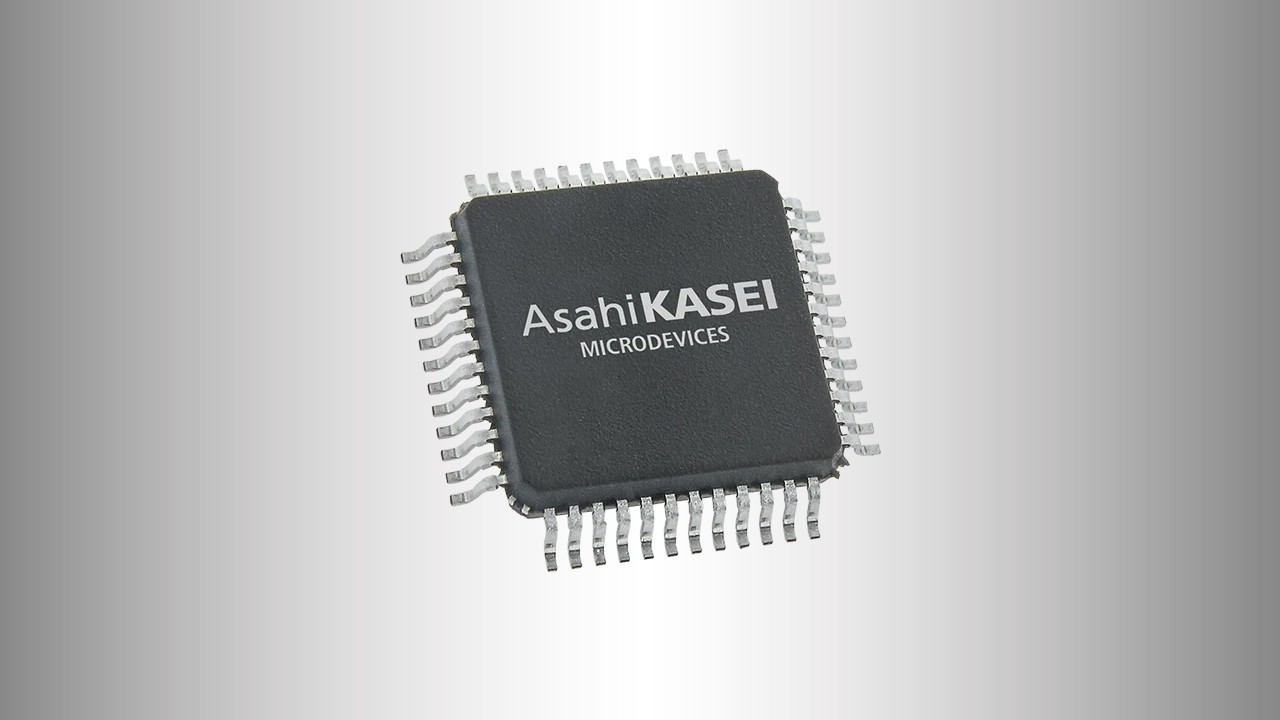
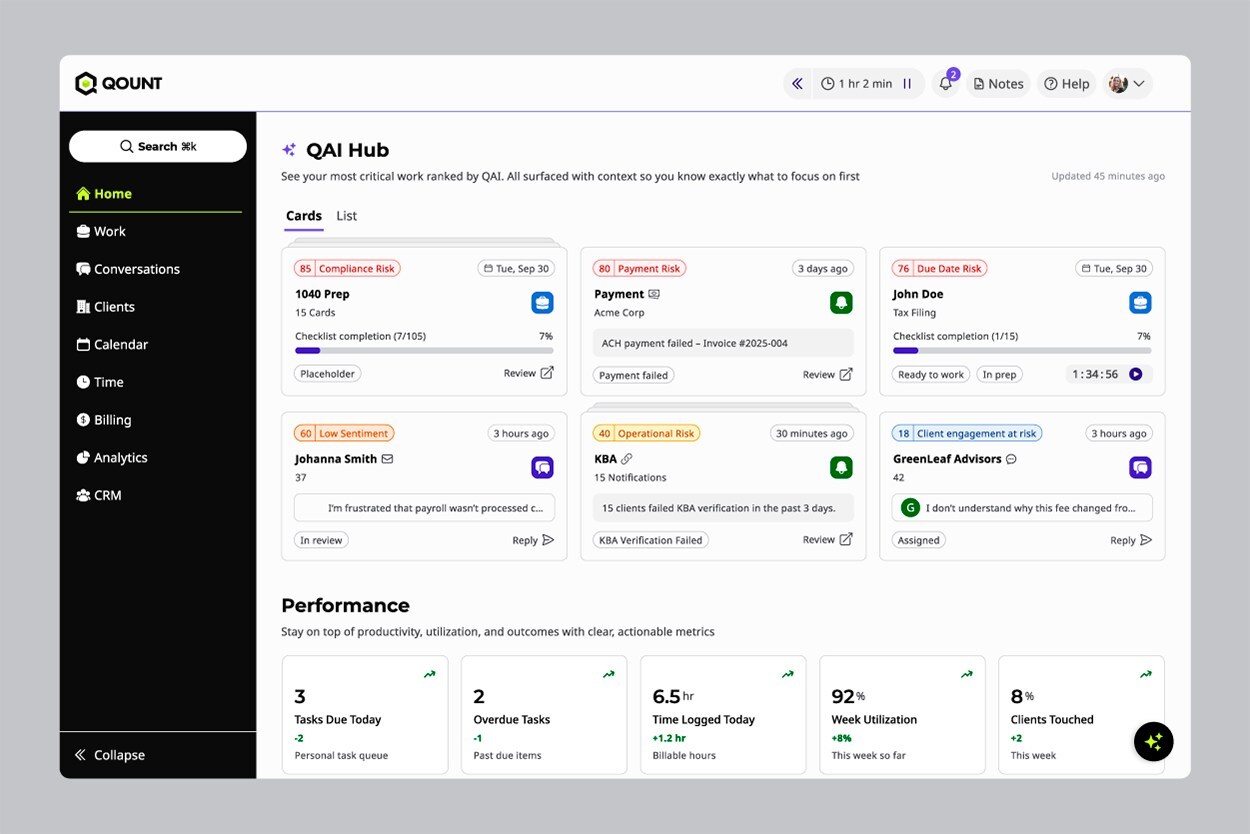









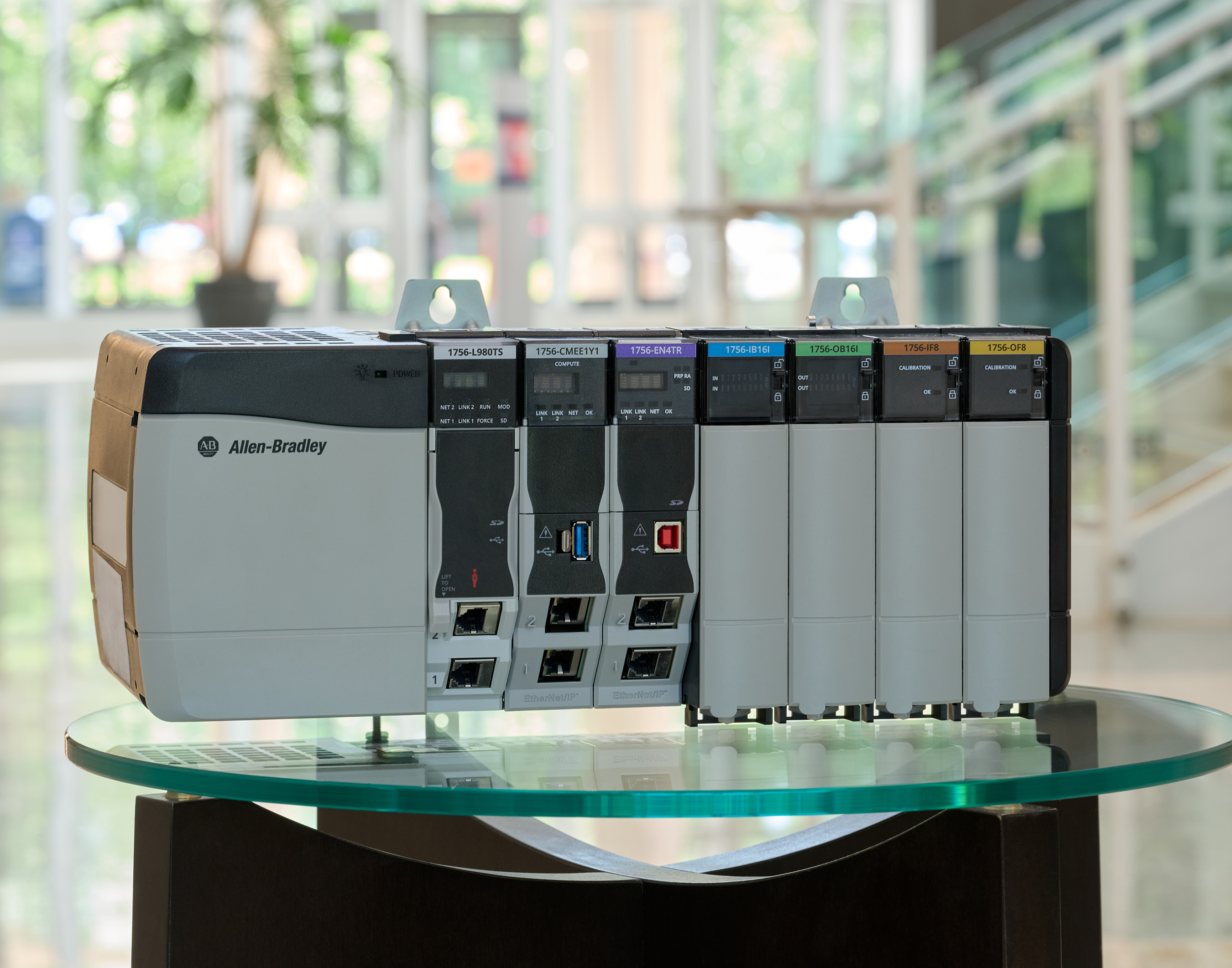

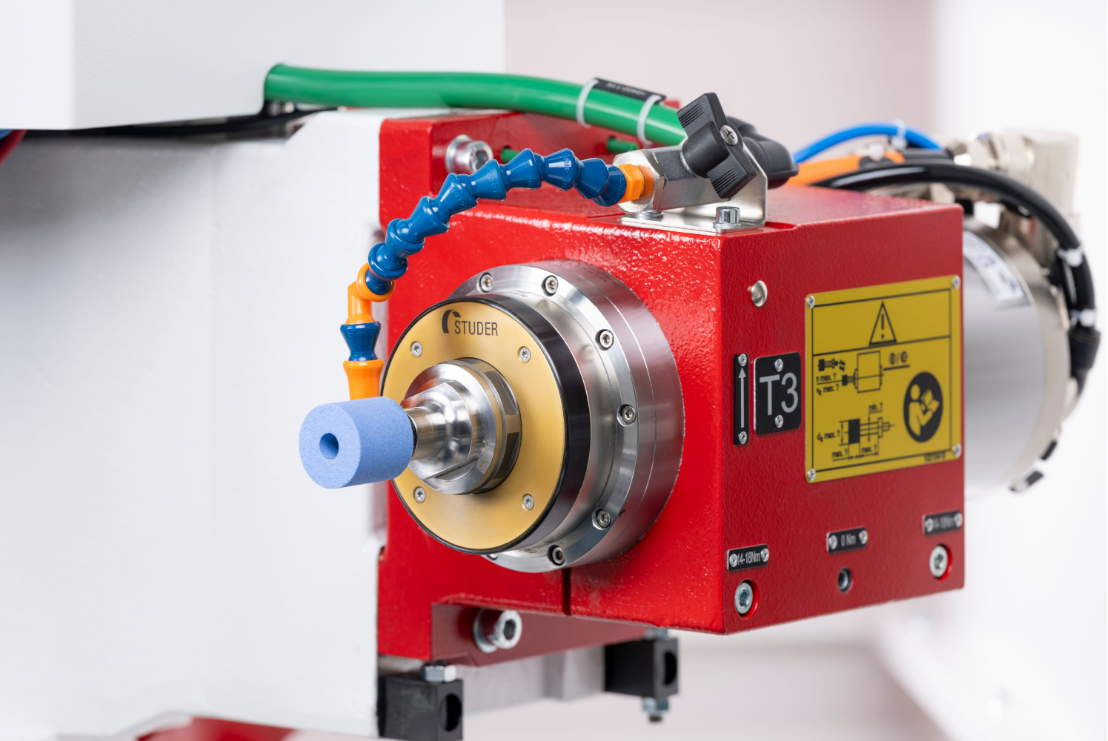

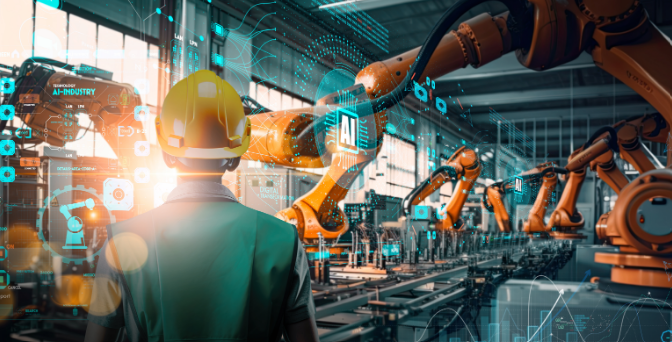




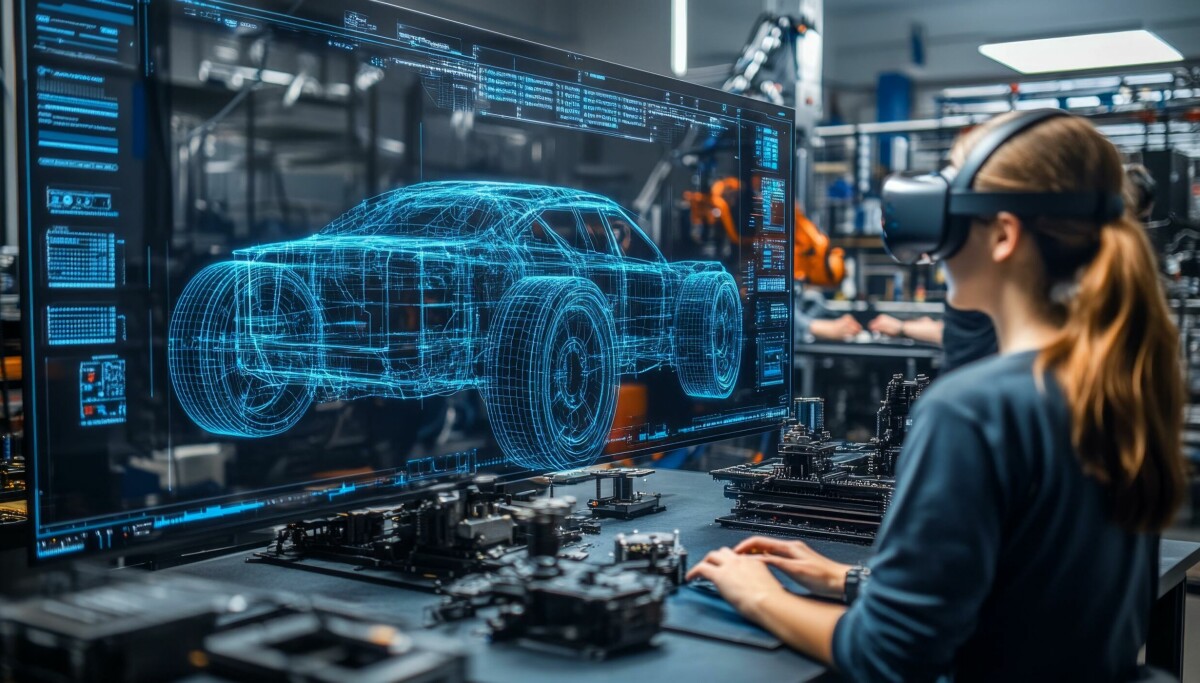

.png)
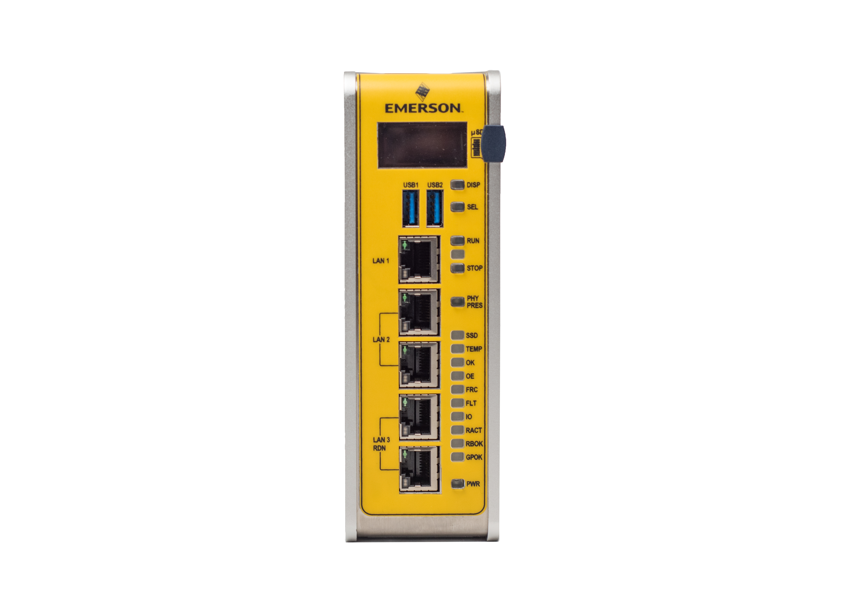
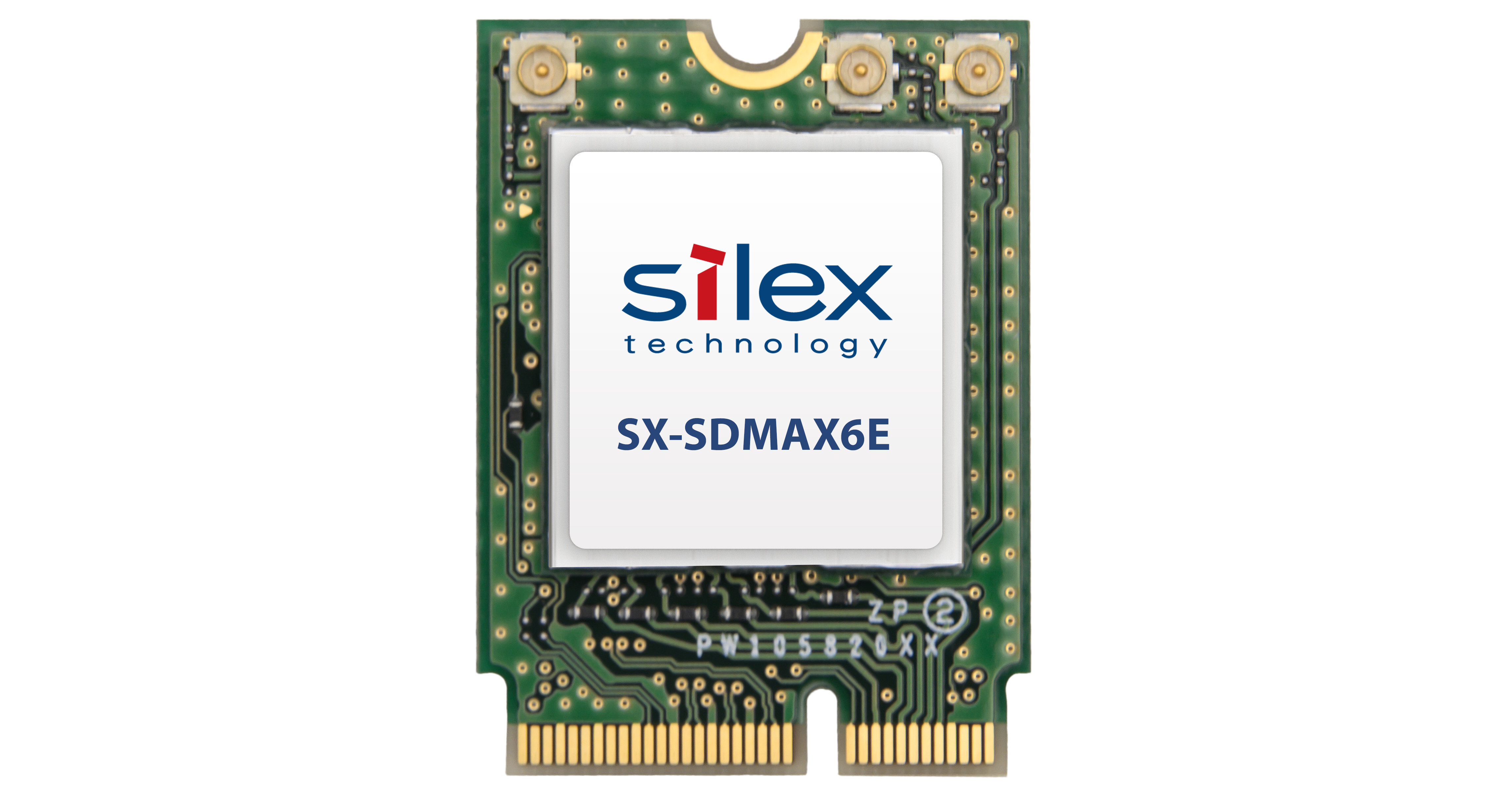



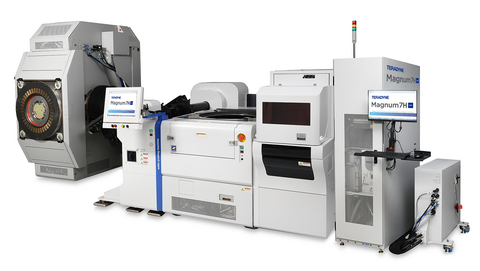
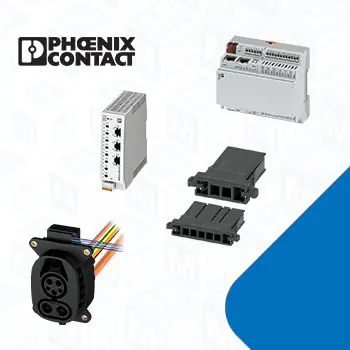

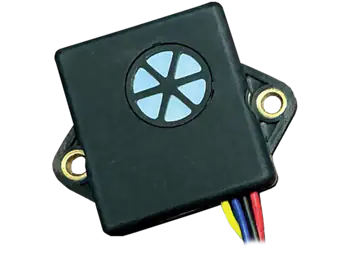


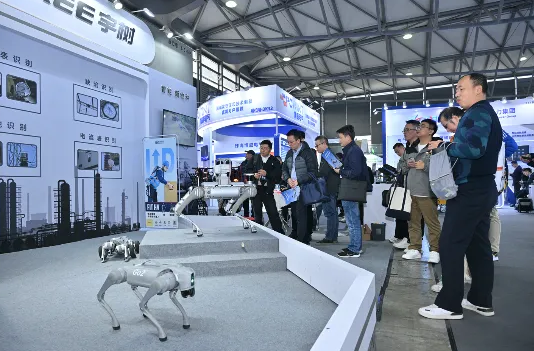
.png)





























.png)











.png)











